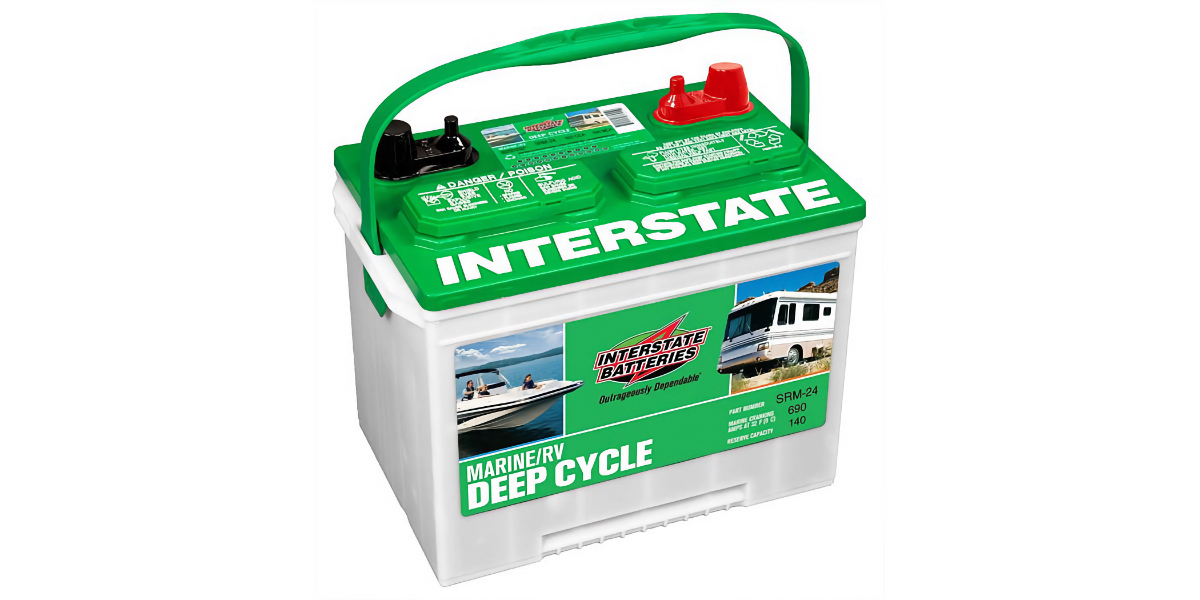A toy hauler’s garage gives it a level of versatility that simply isn’t found in most other RVs. Designed for transporting an ATV, motorcycles, bikes, and other gear, most garages convert into a bedroom or lounge when empty. But with a bit of creativity, that same space can be used for a variety of other purposes. Here are a few suggestions you might want to consider.

Photo Credit: Mikel Allica/Getty
A Work-From-Anywhere Office
Many RV owners are lucky enough to have jobs that allow them to work from anywhere. Having a dedicated office not only improves productivity but also makes it easier to separate work from relaxation and play.
The additional space a toy hauler garage provides makes it easy to create an office environment. In most cases, the garage is closed off from the rest of the RV, providing additional privacy for those all-important Zoom calls and meetings. Personalize the space by adding a desk, a comfortable office chair, and by mounting monitors on the wall and connecting a printer. Filing cabinets, Bluetooth keyboard and mouse, and an easily-accessible power strip are also nice additions.
Photo Credit: PeopleImages/Getty
Turn the Garage into a Gym
RVing is meant to be relaxing, which can make it a challenge to maintain your usual exercise routine while on the road. But converting your toy hauler’s garage to a gym can add a healthy dose of motivation, not to mention convenience. Throw down a couple of exercise mats for pre-workout stretching or a full yoga session. It is also easy to add weights, resistance bands, kettlebells, a jump rope, or even a compact treadmill or stationary bike, provided you secure everything while in transit. Essentially, anything your home gym might have is also possible in your toy hauler.
Photo Credit: Dutchmen RV
Extra Storage Space
By its very definition, a toy hauler garage is a storage space, albeit one designed for an ATV, golf cart, kayaks, or other “toys.” But storage is always at a premium in any RV, making it a no-brainer to use the additional space for carrying more stuff. Add dressers, luggage, a rolling clothing rack, plastic storage tubs, or even a firearms safe.
Obviously, everything needs to be secure while traveling, but the extra room can make a huge difference in what you can bring along and what needs to stay at home. And having a space for bulk storage always comes in handy.
Photo Credit: Northwood
A Kid-Focused Playroom/Lounge
As noted above, a toy hauler garage often serves as an extra lounge area, in addition to the main living room found inside the vehicle. But if you travel as a family, it is nice to utilize that space specifically for kids, giving them their own place to relax and play. Options include adding a rug to the floor and incorporating kid-friendly furniture, like bean bag chairs and a table for playing games. For older kids, consider connecting a video game system to the TV. You can even go all-out by painting the room with whimsical colors and patters, replacing the blinds with colorful curtains, and stringing up fun, mood-setting lights. In other words, let your imagination run wild. The little ones will love it.
Photo Credit: Keystone
Hobby/Craft/Game/Rec Room
Living for extended periods—or even going full-time—in an RV often means having to give up on some of your favorite hobbies and activities simply because there isn’t enough room. But, as we’ve already established, a toy hauler garage does offer extra space that can be used to continue those pursuits. For instance, you can set up a craft room for sewing, knitting, and quilting. Why not create an art studio for painting or sculpting? Convert the garage into a game room or make it the ultimate fan cave for watching your favorite teams play.
Think of the garage as a blank canvas, allowing you to utilize it anyway you choose. That versatility is what makes toy haulers so popular, even if someone isn’t planning on filling it up with motorized vehicles, ebikes, and outdoor gear. If you are bringing those kinds of toys along with you, the extra items will need to be able to be packed away while in transit, but other than that, the sky is the limit. Get creative and make the extra space your own. It will only further enrich your travels and make life on the road that much better.
The post 5 Alternative Uses for a Toy Hauler Garage appeared first on RV.com.
